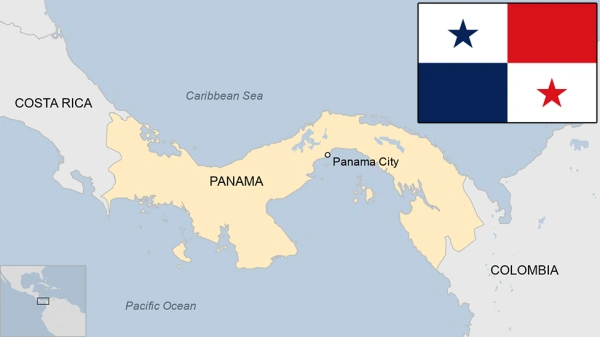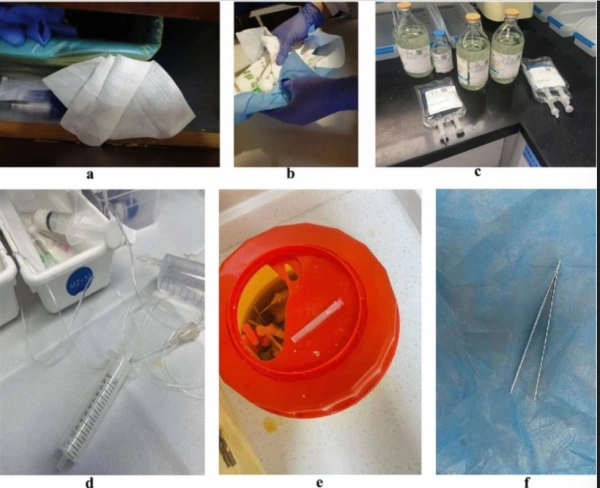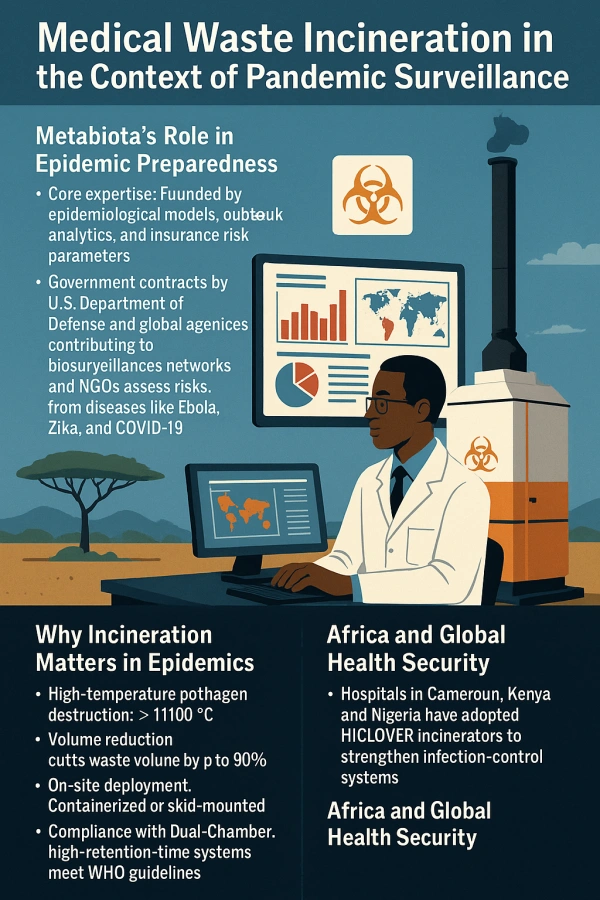why we cremation our pets?
People cremate their pets for several reasons. One of the main reasons is to keep their pet’s memory close to them. By choosing cremation, pet owners can have their pet’s ashes returned to them, which allows them to keep a part of their pet with them in a tangible way. This can provide comfort and help in the grieving process, as it offers a way to memorialize the pet and maintain a sense of connection even after they’re gone. Another reason for pet cremation is the practical aspect. Depending on where you live, burying a pet in your backyard or finding a pet cemetery may not be feasible or legal. Cremation provides a practical solution for pet owners who want to honor their pet’s life but do not have the option or desire to bury them. Cremation also offers flexibility in terms of memorial options. Some pet owners choose to scatter their pet’s ashes in a place that was special to their pet, while others might keep the ashes in an urn or other memorial container. This allows for a personalized and meaningful way to honor their pet’s memory. Lastly, some pet owners opt for cremation because it aligns with their personal or cultural beliefs about death and the afterlife. For some, cremation is seen as a respectful and dignified way to handle their pet’s remains. In summary, people cremate their pets for reasons such as keeping their pet’s memory close, practical considerations, flexibility in memorial options, and personal or cultural beliefs about death and the afterlife.





